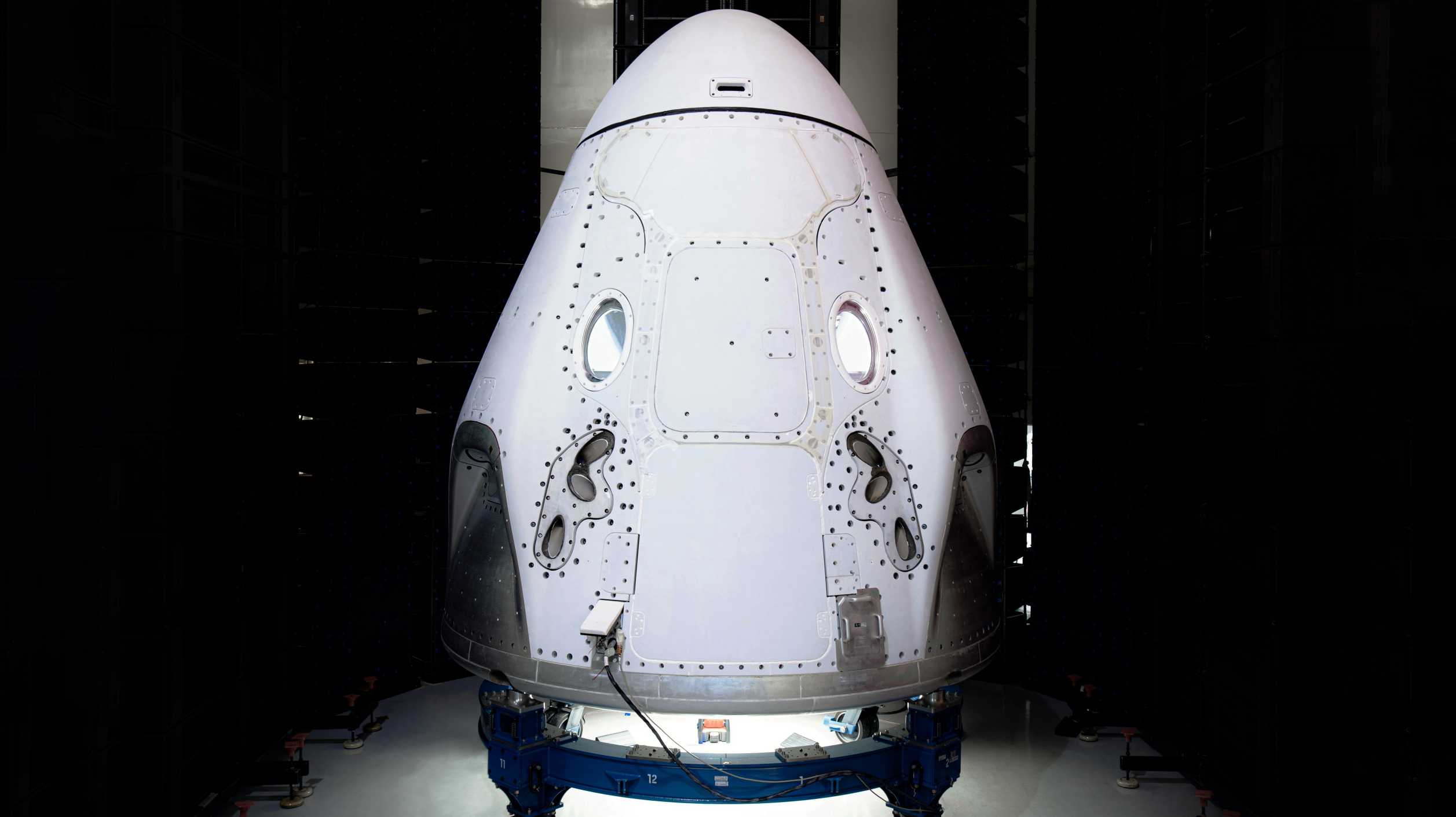
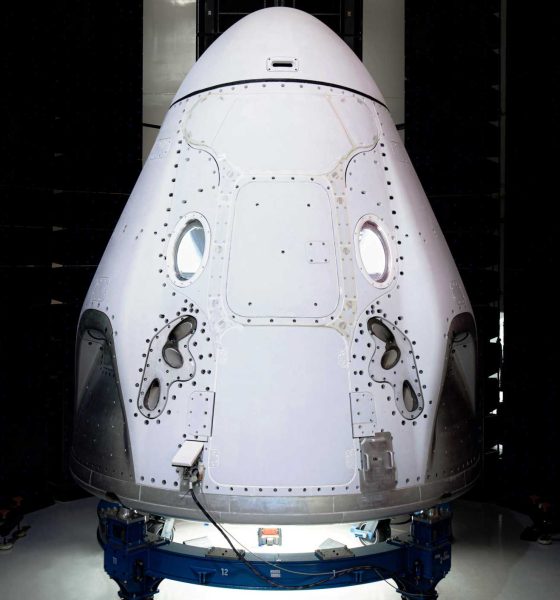
News
NASA says SpaceX astronaut launch debut is still on track despite pandemic, engine failure
Despite a global pandemic and Falcon 9’s first in-flight engine failure in almost eight years, NASA administrator Jim Bridenstine remains confident that SpaceX and the space agency are still on track for Crew Dragon’s astronaut launch debut.
For the third time in about a month, NASA has officially confirmed that SpaceX’s Crew Dragon ‘Demo-2’ mission – the company’s first astronaut launch ever – is still tracking towards a liftoff in May 2020. While there are several good reasons to expect further delays, Bridenstine acknowledged and discounted those pressing risks in an April 9th interview with Spaceflight Now, explicitly stating that “if [Demo-2 does] slip, it’ll probably be into June. It won’t be much.”
Excluding several minor to moderate technical risks that have popped up in recent weeks, this suggests that the NASA administrator is also confident that one of the biggest sources of imminent schedule uncertainty – closed-door paperwork completion and joint reviews – will actually be smooth sailing.

On March 2nd, 2019, Falcon 9 lifted off for the first time with SpaceX’s upgraded Crew Dragon spacecraft on its inaugural orbital launch. Known as Demo-1, the mission was ultimately a flawless success, with Dragon performing exactly as expected throughout launch, orbit-raising, space station rendezvous, docking, departure, deorbit, reentry, and splashdown operations.
As Crew Dragon’s only orbital launch and space station docking, it also serves as the best and only glimpse into how long the more nebulous review and paperwork aspects of launch preparation can take. For Demo-1, Falcon 9 and Crew Dragon rolled out to Launch Pad 39A and completed a successful static fire on January 24th, 2019. The mission was then scheduled for launch no earlier than (NET) February 23rd and wound up being pushed back another week to March 2nd. In almost every case, Falcon 9 and Falcon Heavy launch less than a week after a successful preflight static fire and do not attempt a static fire until a given rocket and payload are both ready to go.

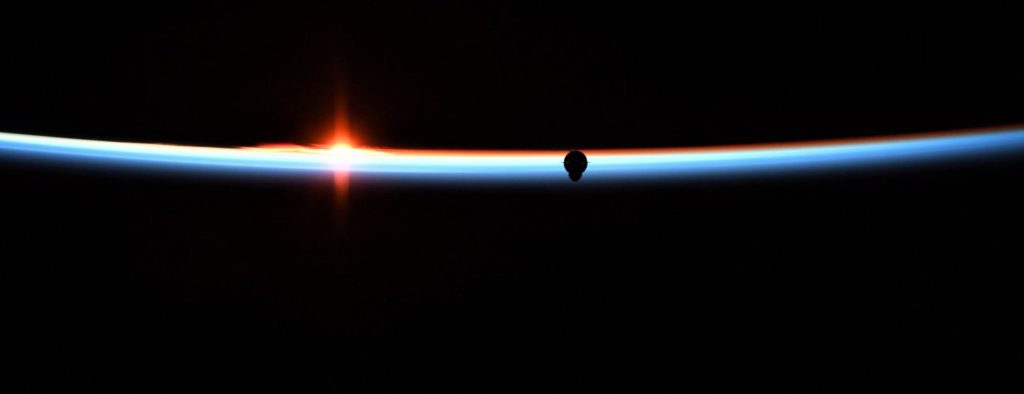
If there were technical challenges that lead to that six-week delay between Crew Dragon’s Demo-1 static fire and launch, they have never been broached publicly, making it more likely that NASA spent at least a month simply finishing up final paperwork and reviews. Hopefully, that substantial gap was mainly due to the fact that it was the first time NASA and SpaceX had to work together to launch Crew Dragon.
For Crew Dragon’s second Falcon 9 launch, successfully completed on January 19th, 2020, the rocket wrapped up its static fire test on January 11th — a major improvement compared to Demo-1. That suborbital In-Flight Abort (IFA) test isn’t directly comparable to Crew Dragon’s orbital launch debut, but it does encourage at least a little confidence that Demo-1’s six-week review period was an outlier.
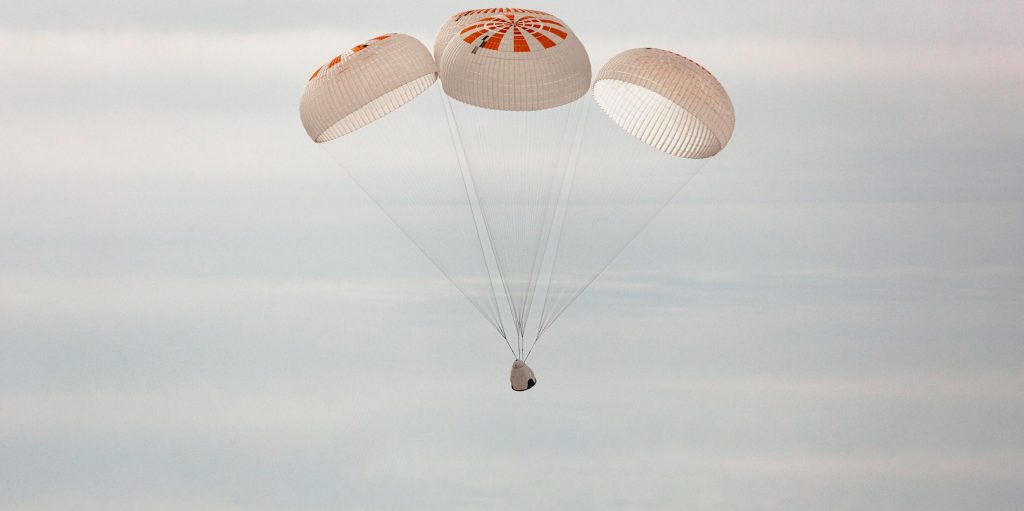
Thankfully, Bridenstine says that all major Crew Dragon issues have been effectively closed out or are very close to closure as of April 2020. A SpaceX contractor was recently forced to prematurely drop a Crew Dragon parachute test vehicle on March 25th, destroying the mockup capsule before it could complete two final tests. The NASA administrator now says that all parties have agreed to complete those tests with a different mockup and will use a C-130 cargo plane instead of a helicopter.

Bridenstine is also confident that the coronavirus pandemic – hampering almost all forms of industry in every afflicted country – will also have little to no impact on Crew Dragon’s astronaut launch debut schedule. NASA and SpaceX have put in place strict new rules and changed a number of procedures to further mitigate risk, helped by the fact that astronaut launches to the International Space Station (ISS) already operate with cleanliness and disease prevention as a major priority.
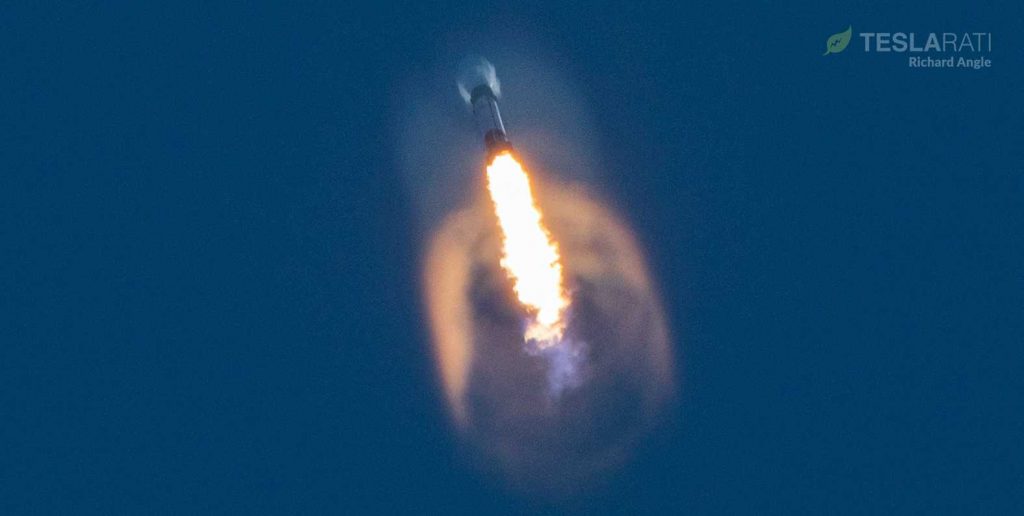
Finally, the NASA administrator also stated that SpaceX’s March 18th in-flight engine failure was “not going to impact our commercial crew launch,” confirming that SpaceX already has “a really good understanding of” what went wrong. Most likely, this means that Falcon 9 B1048’s stumble was directly related to the fact that the booster was flying for the fifth time – a first for a SpaceX rocket and orbital-class rocket boosters in general. Crew Dragon Demo-2 will be Falcon 9 booster B1058’s first launch.
Ultimately, while there are certainly good reasons to remain skeptical of NASA’s increasingly frequent assurances that Crew Dragon’s astronaut launch debut remains on track for late-May or June 2020, there are at least as many good reasons to stay confident.

News
Tesla Cybercab tests are going on overdrive with production-ready units
Tesla is ramping its real-world tests of the Cybercab, with multiple sightings of the vehicle being reported across social media this week.

Tesla is ramping its real-world tests of the Cybercab, with multiple sightings of the autonomous two-seater being reported across social media this week. Based on videos of the vehicle that have been shared online, it appears that Cybercab tests are underway across multiple states.
Recent Cybercab sightings
Reports of Cybercab tests have ramped this week, with a vehicle that looked like a production-ready prototype being spotted at Apple’s Visitor Center in California. The vehicle in this sighting was interesting as it was equipped with a steering wheel. The vehicle also featured some changes to the design of its brake lights.
The Cybercab was also filmed testing at the Fremont factory’s test track, which also seemed to involve a vehicle that looked production-ready. This also seemed to be the case for a Cybercab that was spotted in Austin, Texas, which happened to be undergoing real-world tests. Overall, these sightings suggest that Cybercab testing is fully underway, and the vehicle is really moving towards production.
Production design all but finalized?
Recently, a near-production-ready Cybercab was showcased at Tesla’s Santana Row showroom in San Jose. The vehicle was equipped with frameless windows, dual windshield wipers, powered butterfly door struts, an extended front splitter, an updated lightbar, new wheel covers, and a license plate bracket. Interior updates include redesigned dash/door panels, refined seats with center cupholders, updated carpet, and what appeared to be improved legroom.
There seems to be a pretty good chance that the Cybercab’s design has been all but finalized, at least considering Elon Musk’s comments at the 2025 Annual Shareholder Meeting. During the event, Musk confirmed that the vehicle will enter production around April 2026, and its production targets will be quite ambitious.
News
Tesla gets a win in Sweden as union withdraws potentially “illegal” blockade
As per recent reports, the Vision union’s planned anti-Tesla action might have been illegal.
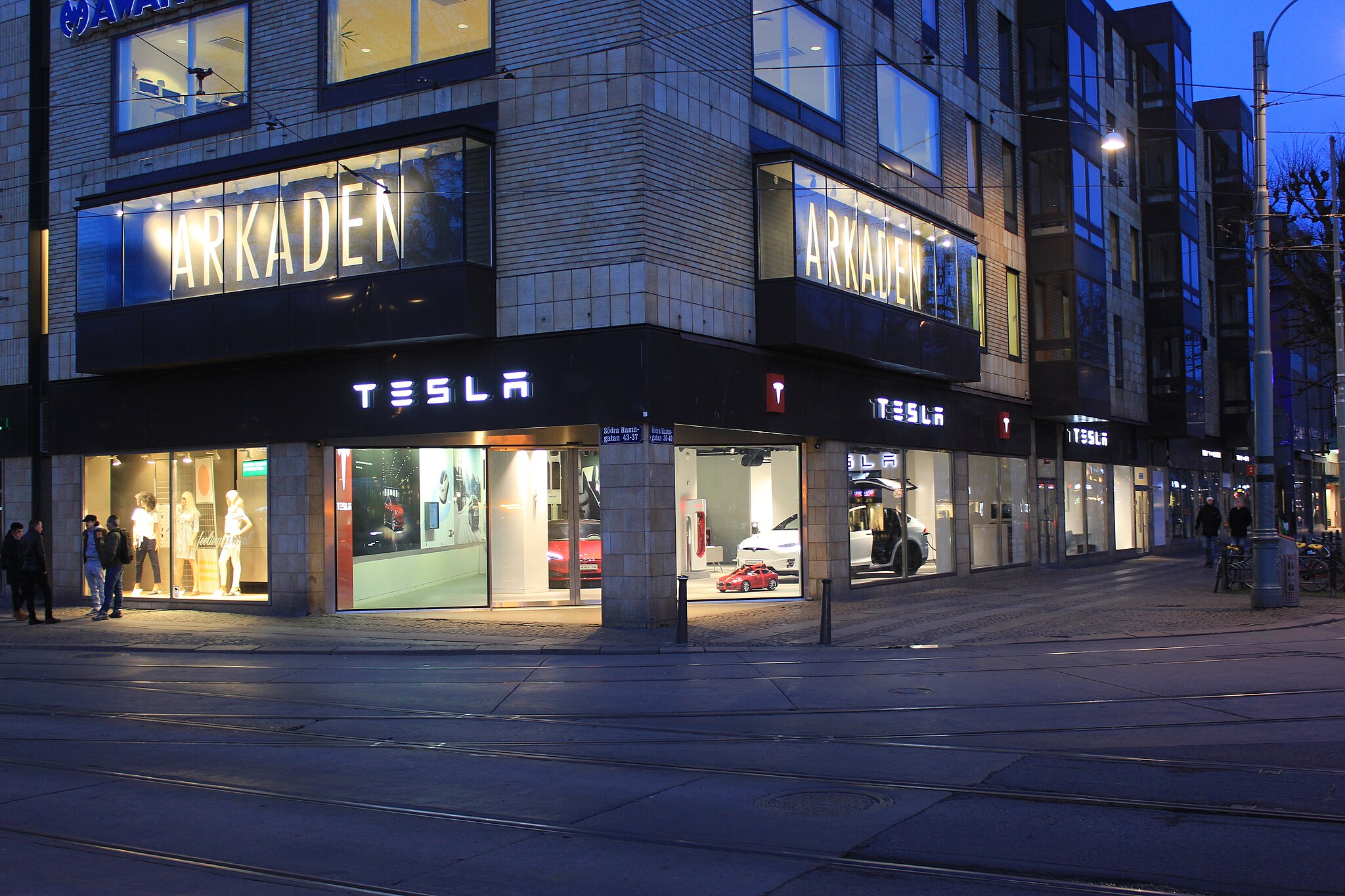
Swedish union Vision has withdrawn its sympathy blockade against Tesla’s planned service center and showroom in Kalmar. As per recent reports, the Vision union’s planned anti-Tesla action might have been illegal.
Vision’s decision to pull the blockade
Vision announced the blockade in early December, stating that it was targeting the administrative handling of Tesla’s facility permits in Kalmar municipality. The sympathy measure was expected to start Monday, but was formally withdrawn via documents sent to the Mediation Institute and Kalmar Municipality last week.
As noted in a Daggers Arbete report, plans for the strike were ultimately pulled after employer group SKR highlighted potential illegality under the Public Employment Act. Vision stressed its continued backing for the Swedish labor model, though Deputy negotiation manager Oskar Pettersson explained that the Vision union and IF Metall made the decision to cancel the planned strike together.
“We will not continue to challenge the regulations,” Petterson said. “The objection was of a technical nature. We made the assessment together with IF Metall that we were not in a position to challenge the legal assessment of whether we could take this particular action against Tesla. Therefore, we chose to revoke the notice itself.”
The SKR’s warning
Petterson also stated that SKR’s technical objection to the Vision union’s planned anti-Tesla strike framed the protest as an unauthorized act. “It was a legal assessment of the situation. Both for us and for IF Metall, it is important to be clear that we stand for the Swedish model. But we should not continue to challenge the regulations and risk getting judgments that lead nowhere in the application of the regulations,” he said.
Vision ultimately canceled its planned blockade against Tesla on December 9. With Vision’s withdrawal, few obstacles remain for Tesla’s long-planned Kalmar site. A foreign electrical firm completed work this fall, and Tesla’s Careers page currently lists a full-time service manager position based there, signaling an imminent opening.
News
Tesla Semi program Director teases major improvements
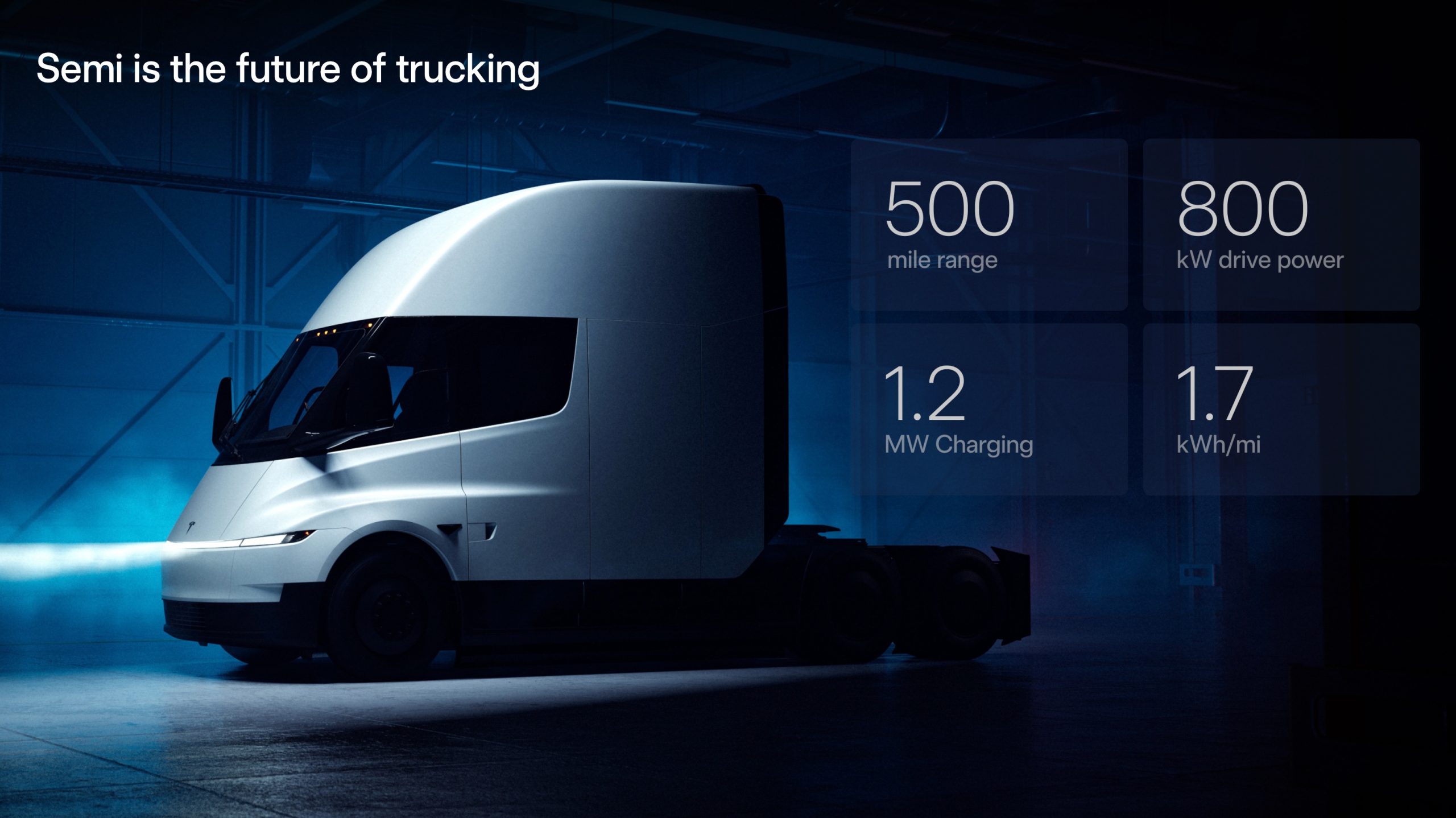
Tesla Semi Program Director Dan Priestly teased the major improvements to the all-electric Class 8 truck on Thursday night, following the company’s decision to overhaul the design earlier this year.
Priestley said he drove the Semi on Thursday, and the improvements appear to be welcomed by one of the minds behind the project. “Our customers are going to love it,” he concluded.
Just drove the redesigned Semi. Our customers are going to love it. https://t.co/KZ88sf1CDL
— Dan Priestley (@danWpriestley) December 19, 2025
The small detail does not seem like much, but it is coming from someone who has been involved in the development of the truck from A to Z. Priestley has been involved in the Semi program since November 2015 and has slowly worked his way through the ranks, and currently stands as the Director of the program.
Tesla Semi undergoes major redesign as dedicated factory preps for deliveries
Tesla made some major changes to the Semi design as it announced at the 2025 Annual Shareholder Meeting that it changed the look and design to welcome improvements in efficiency.
Initially, Tesla adopted the blade-like light bar for the Semi, similar to the one that is present on the Model Y Premium and the Cybertruck.
Additionally, there are some slight aesthetic changes to help with efficiency, including a redesigned bumper with improved aero channels, a smaller wraparound windshield, and a smoother roofline for better aero performance.
All of these changes came as the company’s Semi Factory, which is located on Gigafactory Nevada’s property, was finishing up construction in preparation for initial production phases, as Tesla is planning to ramp up manufacturing next year. CEO Elon Musk has said the Semi has attracted “ridiculous demand.”
The Semi has already gathered many large companies that have signed up to buy units, including Frito-Lay and PepsiCo., which have been helping Tesla test the vehicle in a pilot program to test range, efficiency, and other important metrics that will be a major selling point.
Tesla will be the Semi’s first user, though, and the truck will help solve some of the company’s logistics needs in the coming years.








